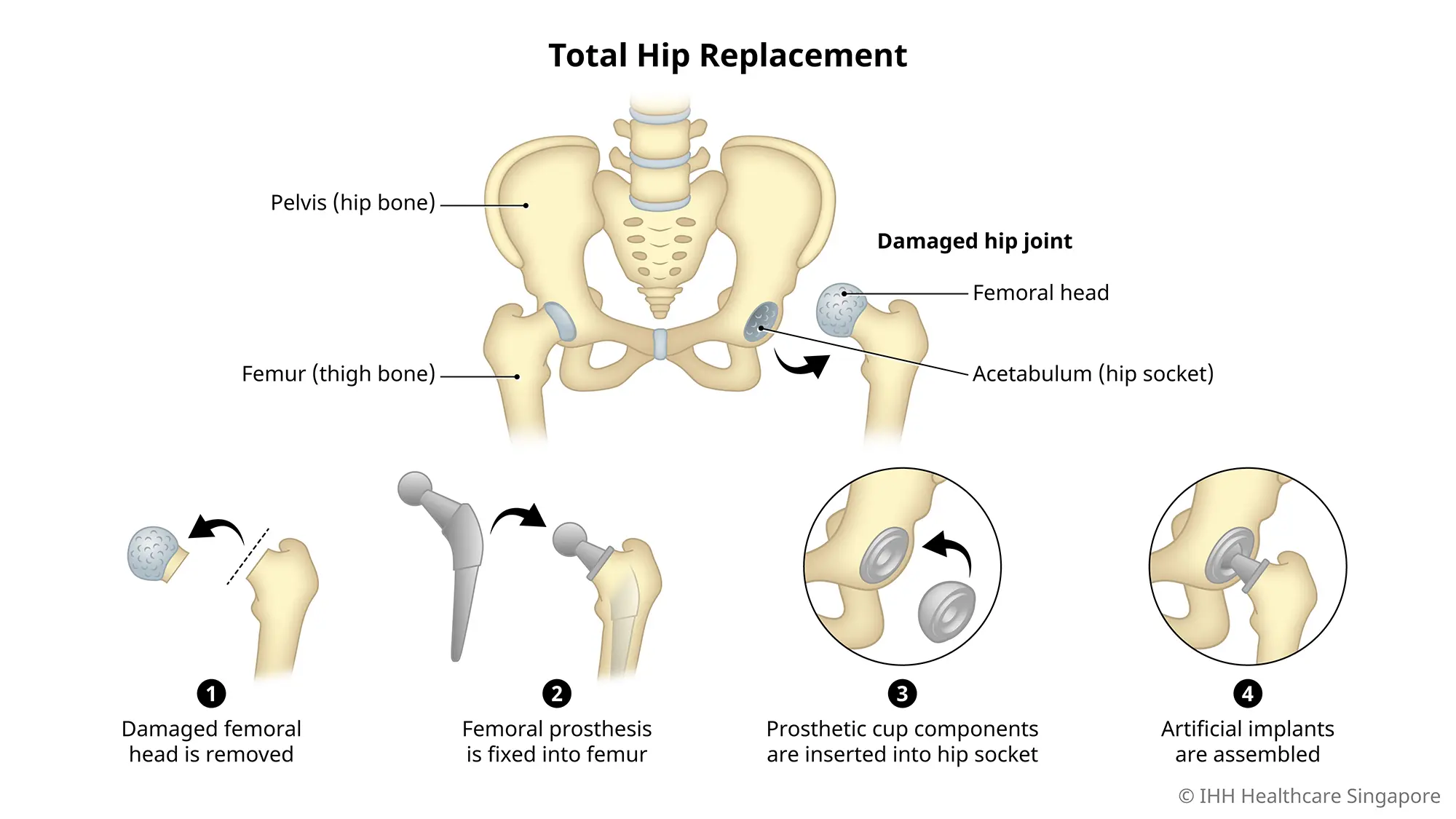Our orthopaedic surgeons
Our experienced bone surgeons at Gleneagles Hospital focus on optimal outcomes and go the extra mile to provide care for a safe procedure and a smooth recovery to your active lifestyle.
^Specialists may qualify to be on the Extended Panel (EP). You may enjoy selected panel benefits depending on your policy and riders.







